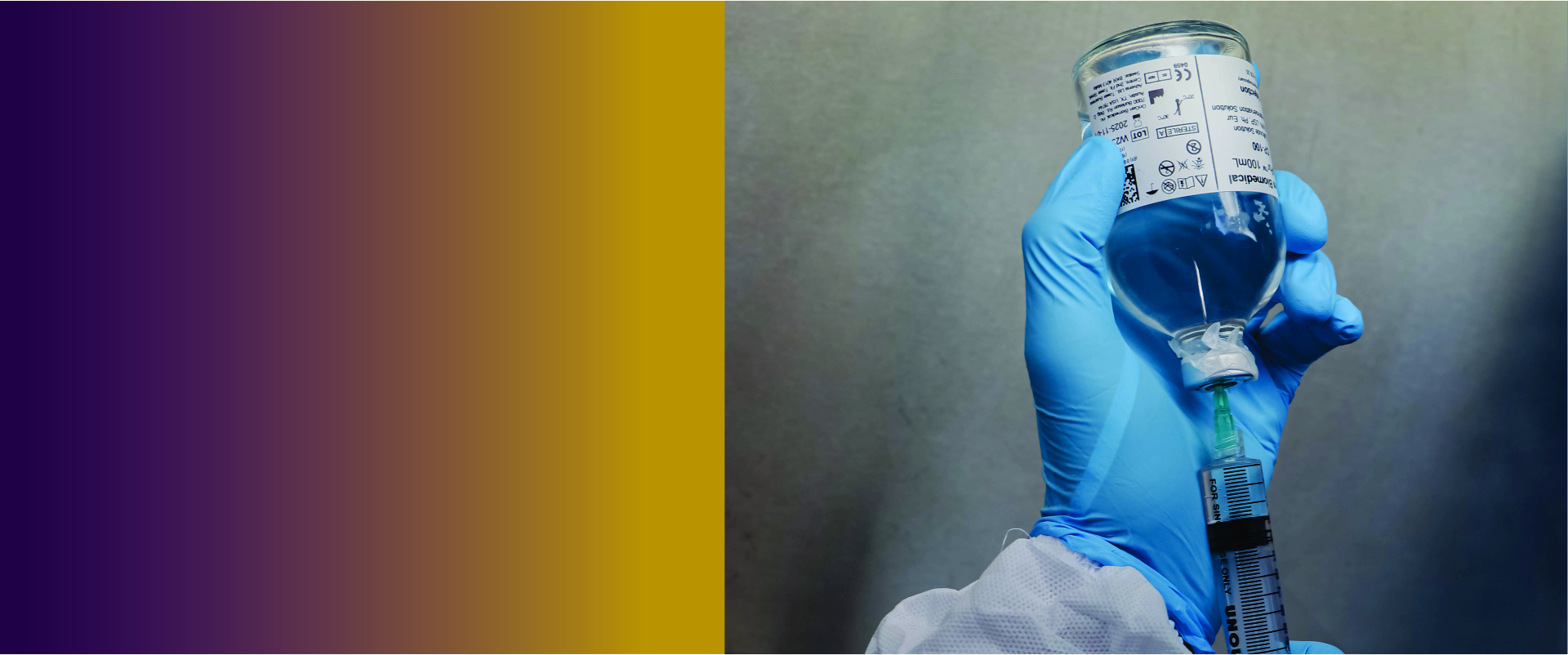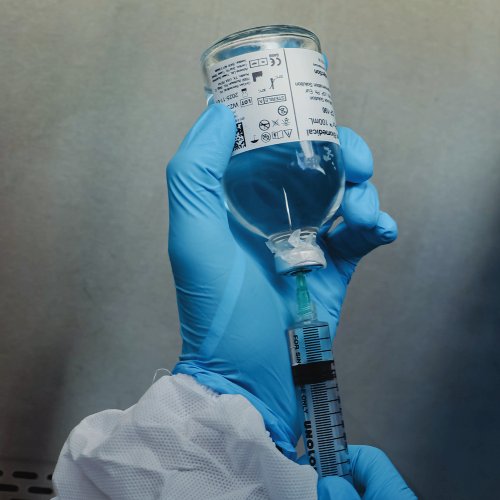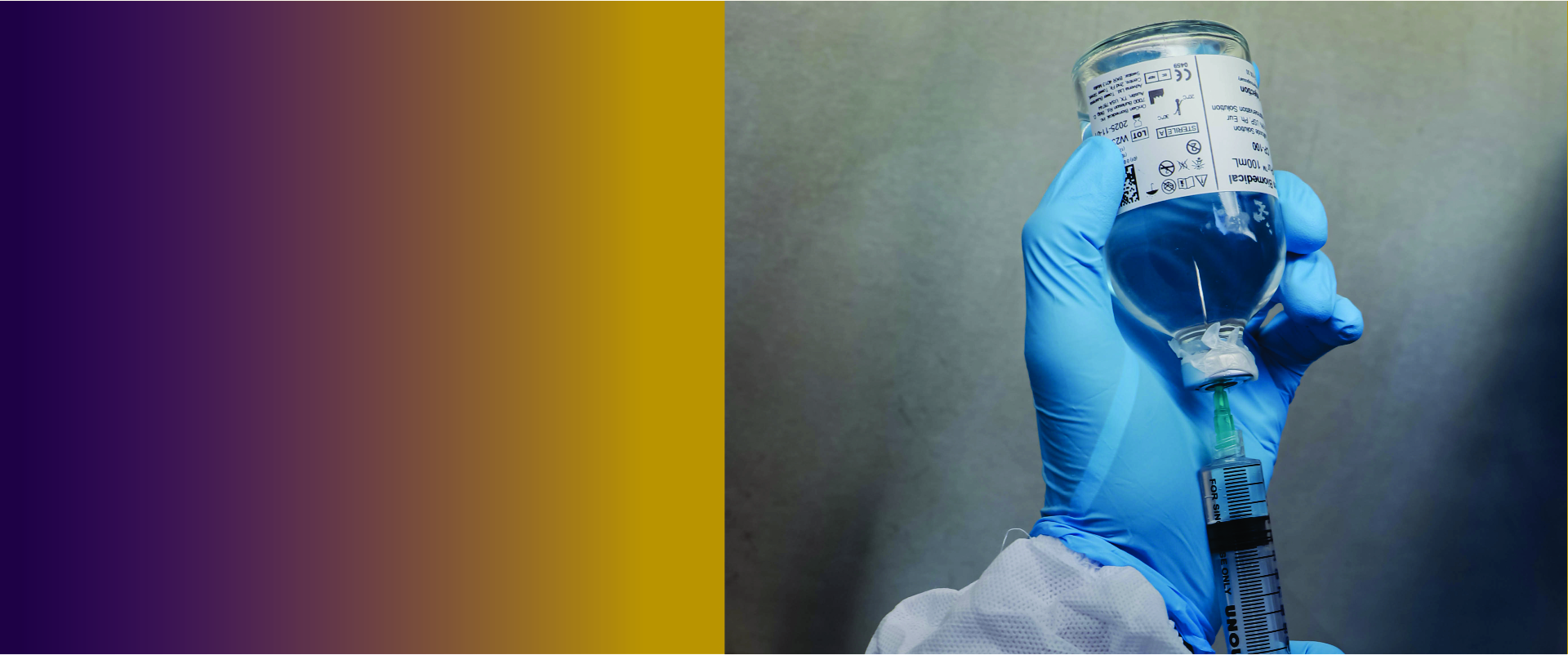WHEN IS A PERIPHERAL BLOOD STEM CELLS (PBSC) TRANSPLANT NEEDED?
A healthy body continuously generates new cells to replace old ones. This rhythm is upset when the bone marrow either produces too many of some cells (like the excess production of white blood cells, for example, in the case of leukemia) or when production decreases sharply (as in the case of Leukopenia).
To treat these conditions, extremely rigorous treatments such as chemotherapy may be administered to destroy the unhealthy bone marrow. In such circumstances, the patient may be given stem cells from a donor to kick start the production of new healthy bone marrow, which will eventually go on to produce healthy new cells. Giving someone Stem Cells through this process is called a PBSC transplant.
THE CRYOVITAL INTERVENTION
At Cryovital, we process, harvest, and test stem cells from Peripheral Blood to make it ready for infusion into the patients. Additionally, we ensure that the extra quantity of processed stem cells is properly Cryo-frozen at -196°C up until the time of infusion.Cryovital also shares a comprehensive certificate of analysis to the doctor before the infusion so that the doctor is confident in the product.
ALL ABOUT PBSC
FREQUENTLY ASKED QUESTIONS
What are Peripheral Blood Stem Cells (PBSCs)?
Peripheral Blood Stem Cells (PBSCs) are stem cells collected from the blood of a patient or donor that can regenerate the body's blood and immune systems. They are used in stem cell transplants to treat various blood-related diseases and disorders.
How are PBSCs Collected?
PBSCs are collected through a process called apheresis. Before collection, donors receive injections of a medication called granulocyte-colony stimulating factor (G-CSF) to increase the number of stem cells in their blood. During apheresis, blood is drawn from one arm, passed through a machine that separates out the stem cells, and the remaining blood is returned to the other arm.
What Diseases and Conditions Can Be Treated with PBSCs?
PBSC transplants are used to treat a variety of conditions, including:
- Leukemia
- Lymphoma
- Multiple Myeloma
- Aplastic Anaemia
- Certain inherited immune system and metabolic disorders
What is the Difference between PBSCs and Bone Marrow Stem Cells?
PBSCs are collected from the bloodstream, while bone marrow stem cells are collected directly from the bone marrow, typically from the pelvis. PBSC collection is less invasive than bone marrow collection and generally results in faster recovery for the donor.
Who Can Be a PBSC Donor?
Potential PBSC donors are typically between the ages of 18 and 60 and in good general health. Donors may be matched with patients based on tissue type, often determined through a simple blood test.
What are the Risks and Side Effects of PBSC Donation?
Common side effects of G-CSF injections include bone pain, headache, and fatigue. The apheresis procedure itself is generally safe but may cause temporary discomfort at the needle sites, light-headedness, or tingling sensations.
How Long Does the PBSC Collection Process Take?
The apheresis process usually takes about 4-6 hours. Donors may need to undergo the procedure on consecutive days to collect enough stem cells for transplantation.
What is the Recovery Time for PBSC Donors?
Most PBSC donors recover fully within a few days to a week after donation. Any side effects from the G-CSF injections typically resolve shortly after stopping the medication.
Can PBSCs Be Used for Family Members?
Yes, PBSCs can be used for family members if there is a HLA match. Siblings have the highest likelihood of being a match, but parents, children, and extended family members may also be suitable donors.
What is the Success Rate of PBSC Transplants?
The success rate of PBSC transplants varies depending on the disease being treated, the patient's condition, and other factors. Advances in medical treatments and supportive care have improved outcomes for many patients receiving PBSC transplants.
How Can I Become a PBSC Donor?
You can become a potential PBSC donor by joining a donor registry. Registries typically require a consent form and a simple blood or cheek swab test to determine your tissue type. If you match a patient in need, you will be contacted for further testing and potentially to proceed with donation.
Are There Ethical Concerns Regarding PBSC Donation?
PBSC donation is generally considered ethical and is a voluntary procedure. Donors are thoroughly informed about the process, potential risks, and benefits before consenting to donate.
How Do PBSCs Compare to Other Types of Stem Cells?
PBSCs have become more commonly used than bone marrow stem cells due to the less invasive collection process and faster recovery times for donors. Cord blood stem cells are another source, particularly for paediatric patients, but PBSCs are often preferred for adult transplants due to the higher number of stem cells that can be collected.
Can I Donate PBSCs More Than Once?
Yes, it is possible to donate PBSCs more than once, although there may be guidelines and limitations based on individual health and the needs of the patient population.




 Enquiry
Enquiry
 Email
Email Phone
Phone
 Whatsapp
Whatsapp